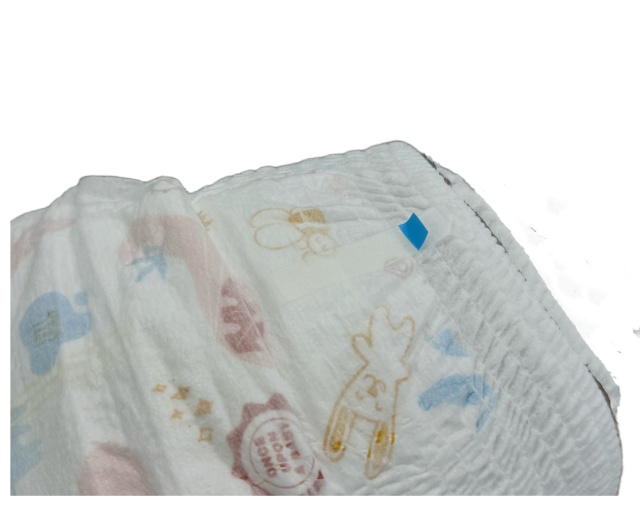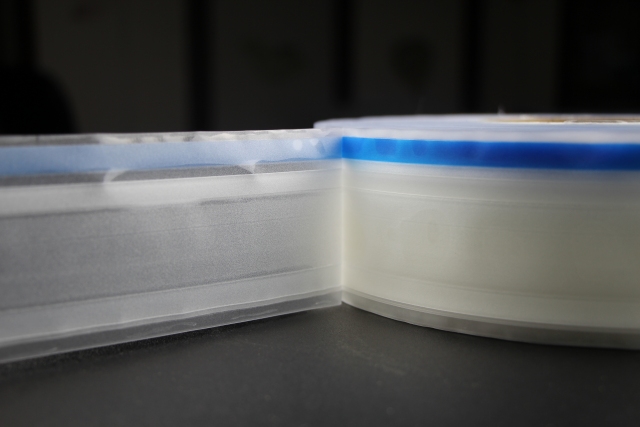Disposable diapers are essential for parents worldwide, but they have a significant environmental footprint. Traditional disposable tapes used in diapers contribute to the waste generated and are primarily made from synthetic materials that do not degrade easily. This article explores whether there are eco-friendly alternatives for these tapes and what innovative materials could make diapers more sustainable.
The Environmental Impact of Disposable Diapers and Tapes
Disposable diapers are a major contributor to landfill waste due to their high usage rate and the non-biodegradable materials they are made from. Diapers contain multiple layers, including an absorbent core, an impermeable outer layer, and fasteners like tapes and adhesives. The tapes, commonly made from plastics such as polypropylene or polyester, ensure a secure fit. However, these synthetic materials are slow to decompose, leading to long-term environmental consequences. In landfills, these tapes can take hundreds of years to break down, releasing microplastics and potentially harmful chemicals in the process. This has prompted researchers and manufacturers to search for more sustainable solutions.

Exploring Biodegradable and Recyclable Tape Materials
An effective approach to making diapers more eco-friendly involves replacing traditional plastic-based tapes with biodegradable or recyclable materials. Biodegradable alternatives for tape materials often derive from natural sources such as starch-based polymers, polylactic acid (PLA), or bio-based polyurethane. These materials are designed to break down faster under composting conditions, significantly reducing the environmental impact. Recyclable options, while not biodegradable, aim to enable easier material separation and recycling. Using these tapes in diapers could allow for partial recycling of the product, reducing the waste generated per unit. However, each alternative must be tested thoroughly to meet safety and durability standards, as it is essential that the tapes remain secure and reliable for use with infants.
Renewable Resources: Plant-Based Polymers and Natural Fibers
One promising area of research is the use of plant-based polymers and natural fibers, such as PLA and hemp, for tape materials. PLA is a bio-based plastic derived from renewable resources like corn starch, which decomposes under industrial composting conditions. Additionally, fibers like hemp are gaining popularity for their durability, renewability, and lower environmental impact. These natural materials can be engineered to provide the required adhesive properties and tensile strength needed in diaper tapes. Although using plant-based polymers and natural fibers is generally more eco-friendly, they require careful manufacturing processes to avoid high carbon emissions. Moreover, PLA and hemp-based tapes may have higher production costs, which could affect the overall affordability of eco-friendly diapers.
Reusable Fastening Alternatives and Product Redesigns
Another potential solution to reduce the environmental impact of diaper tapes is to explore reusable fastening mechanisms. Velcro-like straps or other reusable adhesive systems could be integrated into diapers, allowing them to be opened and closed multiple times without the need for single-use tapes. Some diaper manufacturers have experimented with reusable cloth diaper systems that incorporate washable fastening components. These solutions offer the advantage of reducing single-use plastics altogether. However, adopting reusable diaper systems requires a shift in consumer habits, as they are more labor-intensive than disposable diapers. For families seeking convenient and sustainable options, hybrid models that incorporate reusable fasteners on partially disposable diapers could be a suitable alternative.
Challenges and Future Prospects in Developing Eco-Friendly Diaper Tapes
While eco-friendly alternatives for disposable diaper tapes hold promise, there are significant challenges in bringing these products to the mainstream. Biodegradable materials need to balance sustainability with performance, as tapes must be both durable and gentle on the skin. Cost is another major factor, as eco-friendly materials tend to be more expensive to produce than conventional plastics. Additionally, for biodegradable tapes to have a meaningful environmental impact, the disposal infrastructure, such as industrial composting facilities, must be in place. Moving forward, collaboration between researchers, manufacturers, and waste management systems will be essential to develop and implement eco-friendly solutions for diaper tapes and other components. In the long term, as technological advances improve the quality and affordability of these materials, sustainable diaper options may become more accessible to environmentally conscious consumers.

Conclusion
The search for eco-friendly alternatives to disposable tapes in diapers reflects a growing commitment to sustainability in baby care products. Biodegradable materials, renewable resources, and reusable fastening systems each offer unique benefits, though challenges remain in terms of cost and performance. As research continues and technology advances, eco-friendly diaper tapes may become a viable solution, allowing parents to care for their children with reduced environmental impact.

